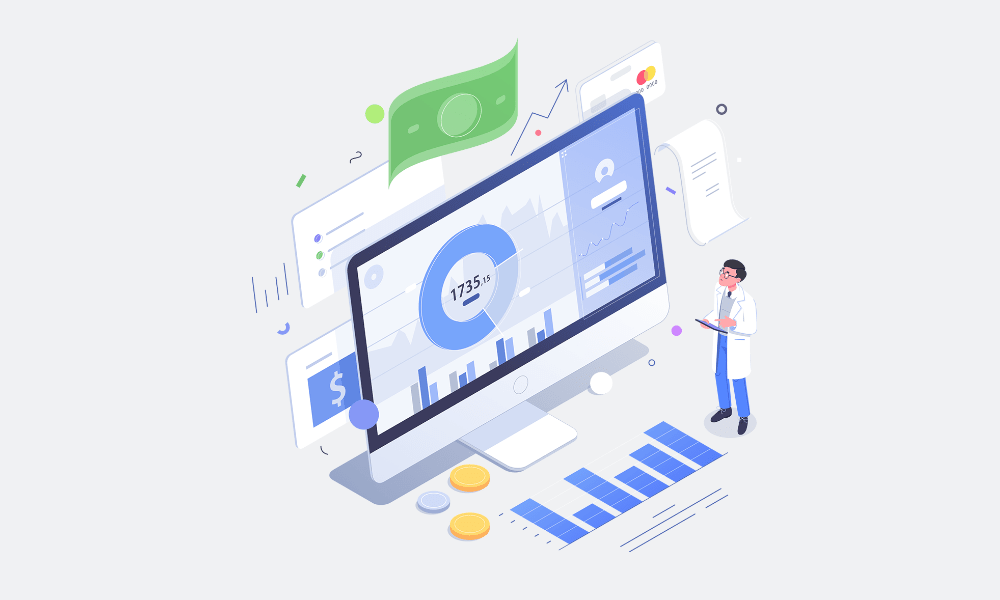If you are an entrepreneur looking for the next big thing to sink your teeth into, you might have noticed how eCommerce has been booming over the last few months. With the global wave of COVID-19 taking the world by storm, eCommerce has seen unprecedented growth. Some online retailers have described lockdown periods as equivalent to the same rush that they used to see on Black Friday.
So, if an eCommerce store is your next big thing, we thought we would help you out with some guidelines on how to sell online. We are going to skip past the parts of finding the right products to sell and starting a website and get right into the essence of making a successful digital store.
Get Your Branding Right From the Start
The first thing you will need to establish is what kind of customer you will be targeting and how to get the right messaging to them. Your website needs to be carefully created to make the customer journey as enjoyable and efficient as possible, this can be done through end-to-end testing. If you don’t have a lot of capital to kick it off with, make use of website platforms like WordPress or Shopify which help you build websites using basic templates. While WordPress is a great tool to design a website, it is not tailored specifically for e-commerce as it was initially created as a blogging platform. Shopify is a robust platform, tailored especially for e-commerce, and many successful Shopify e-commerce stores make $5M+ in annual revenues.
If you have a bit more time and cash to spare, building a site from scratch will mean that you have a custom-made site with features to suit your branding and needs. Remember, the aim of your site is to convert traffic to leads and leads to sales, and the only way you are going to do this is by creating a brand-centric customer journey. But how do you do this?
- Choose a product-related name that is simple and easy for your customer to remember. Try and keep the keywords of your products and services in the name. Make sure that you use this name across all of your social platforms and in your domain name. If your URL has your name, which has the keyword reflected in it, Google will be able to categorize your eCommerce store and rank you accordingly;
- Make sure your pages load quickly. Customers usually bounce after just three seconds of waiting and Google penalizes your site for slow load times;
- Pick out simple and repetitive colors and imaging throughout the site. Your branding needs to be carried through from emails to socials to that last confirmation of payment page and your content needs to carry the same tone.
If time is really not on your side, and you want to get a fully functional business up and running professionally, it might be worth your while hiring someone to assist you. There are a number of SaaS eCommerce platforms, like BigCommerce development services, that specializes in creating your own store from scratch. You can look for a BigCommerce partner that offers development services that will help you get your site up and packed with features guaranteed to get those desired conversion rates early on in the process.
Choose the Right Payment and Delivery Options
Three of the biggest reasons for cart abandonment are poor payment options, long and complicated checkout processes, and unsatisfactory shipping times. You will want to curb this right from the outset by spending some time researching each option.
Let’s look at payments first. Every customer is different, has different expectations and needs. Some will want to pay by credit card, while others will want to do a direct deposit. Spend some time partnering up with various payment gateways and give your customer the options. Look at adding contactless mobile solutions too for your eCommerce site. Customers prefer instant gratification, and this is one way to ensure that.
Last-mile delivery and shipping is a key process in your operations that you will need to perfect. Whether you are choosing to dropship or have a full in-house solution, spend some time on getting the right partners. Customers are expecting fast and affordable delivery times, with the ability to track and plenty of communication in between. The only way to win over a loyal fanbase is by exceeding their expectations, so make sure your customer is kept in the loop at all times.

Pay Attention to Your Product Pages
We touched on your landing pages earlier, and how your branding needs to be reflected throughout the eCommerce sales funnel. But let’s take a closer look at your actual product pages. These are the salesmen of your site. Your customer cannot physically touch or see your products, so you will need to give them as much detail as you can about it. Here are key elements that you absolutely need on your product pages:
Simple, keyword orientated product description
Seriously, keep it simple, lose the quirky fluff and over-exaggerated stories. It does nothing to help you sell your product and actually just annoys your customer even further. Give them descriptions they can use and make sure you get those keywords in. Google scrapes your product pages to see where to put them;
High-quality Images
High-quality images that give your customer a good idea about the product. Don’t just put one up, put up several so that the customer knows what it looks like from different angles, and close up. For SEO purposes, make sure that they are compressed to not slow down the loading speed and add the keywords into the descriptions;
Add in the information that the customer wants to know. How much will shipping most likely be, how long will shipping take, what are other customers saying about it, what are the payment options, are their credit card details protected if they pay? If you are transparent and disclose this from the product page, you are most likely going to see an increase in conversion rates and a drop in abandoned carts.
High-performing CTAs
CTAs are a vital part of the structure and layout of your eCommerce site. Make sure they are brand-aligned, yet pop out to your customer. Add in copy that will make your customer want to buy and find the right place on your page to put it. We highly recommend that you use a tool like Hotjar to see where your customer gravitates to and how they behave on the site. Also, A/B test your CTAs regularly to make sure that they keep converting that traffic.
Last Thoughts
Some of our key advice to get your online retailer up and successful swiftly is to know what your customer wants. Not only is it important to know their demographics and behaviors and interests from the outset, but how they behave on your site. Get yourself onto site monitoring and tracking tools like Google Analytics to keep an eye on your traffic. How much traffic is coming in daily, where is it coming from and where is it going to. This way, you will have an insight into what eCommerce marketing strategies are working and which pages are popular for your customers. This will allow you to shape a strategy to keep those conversion rates steadily climbing.





